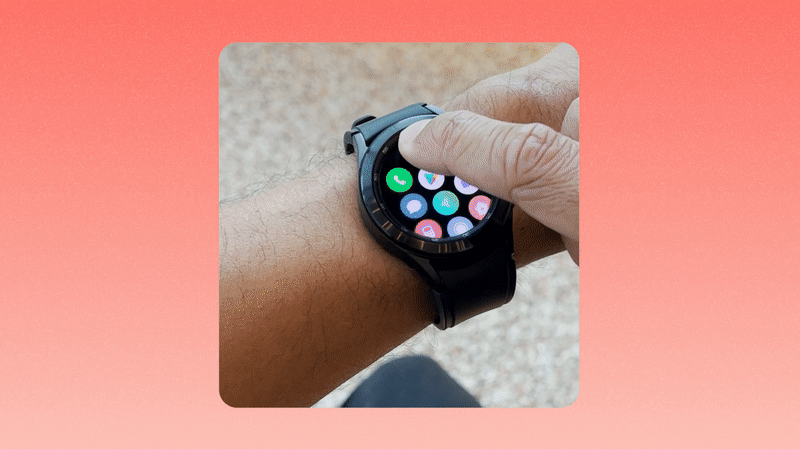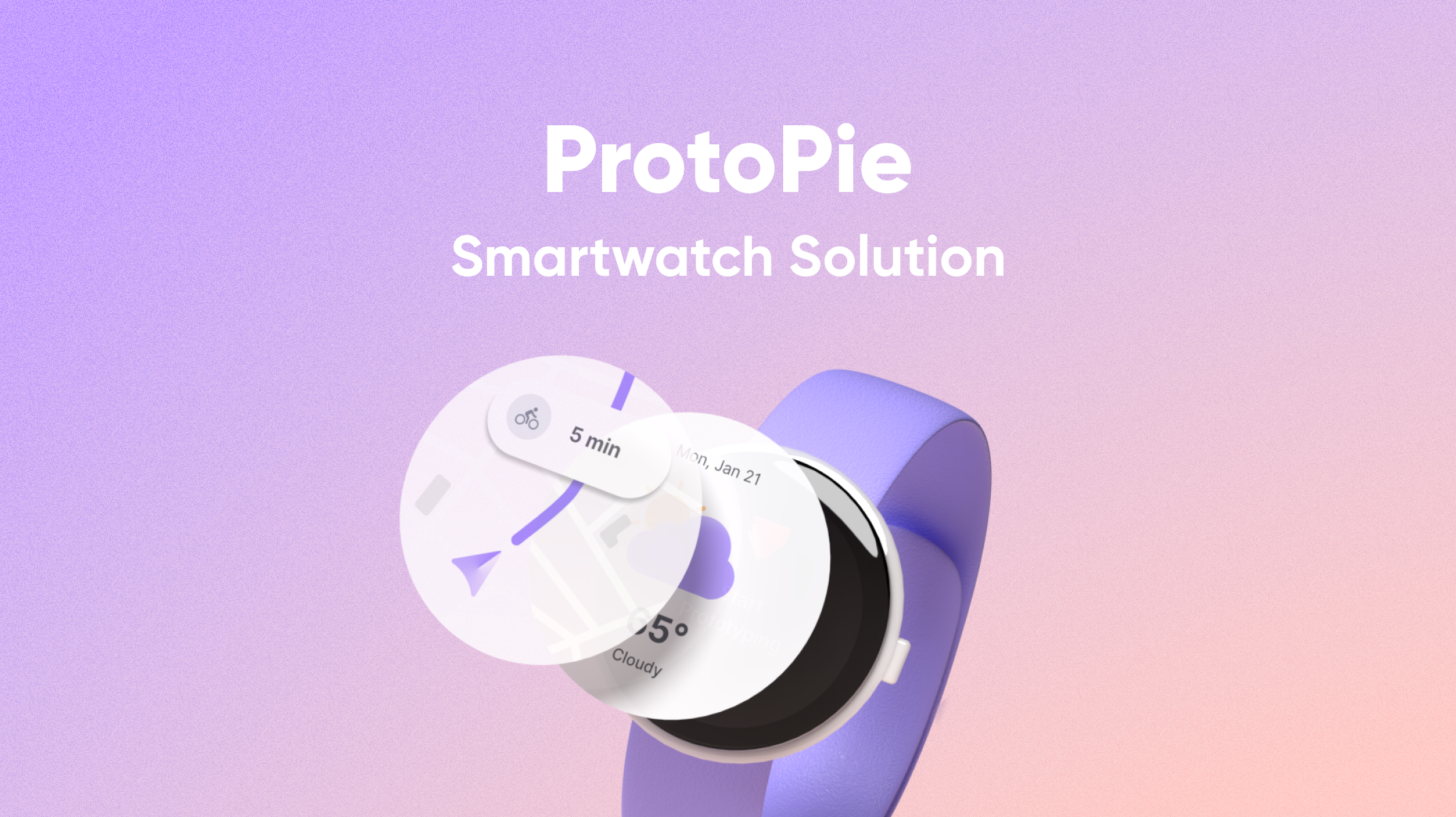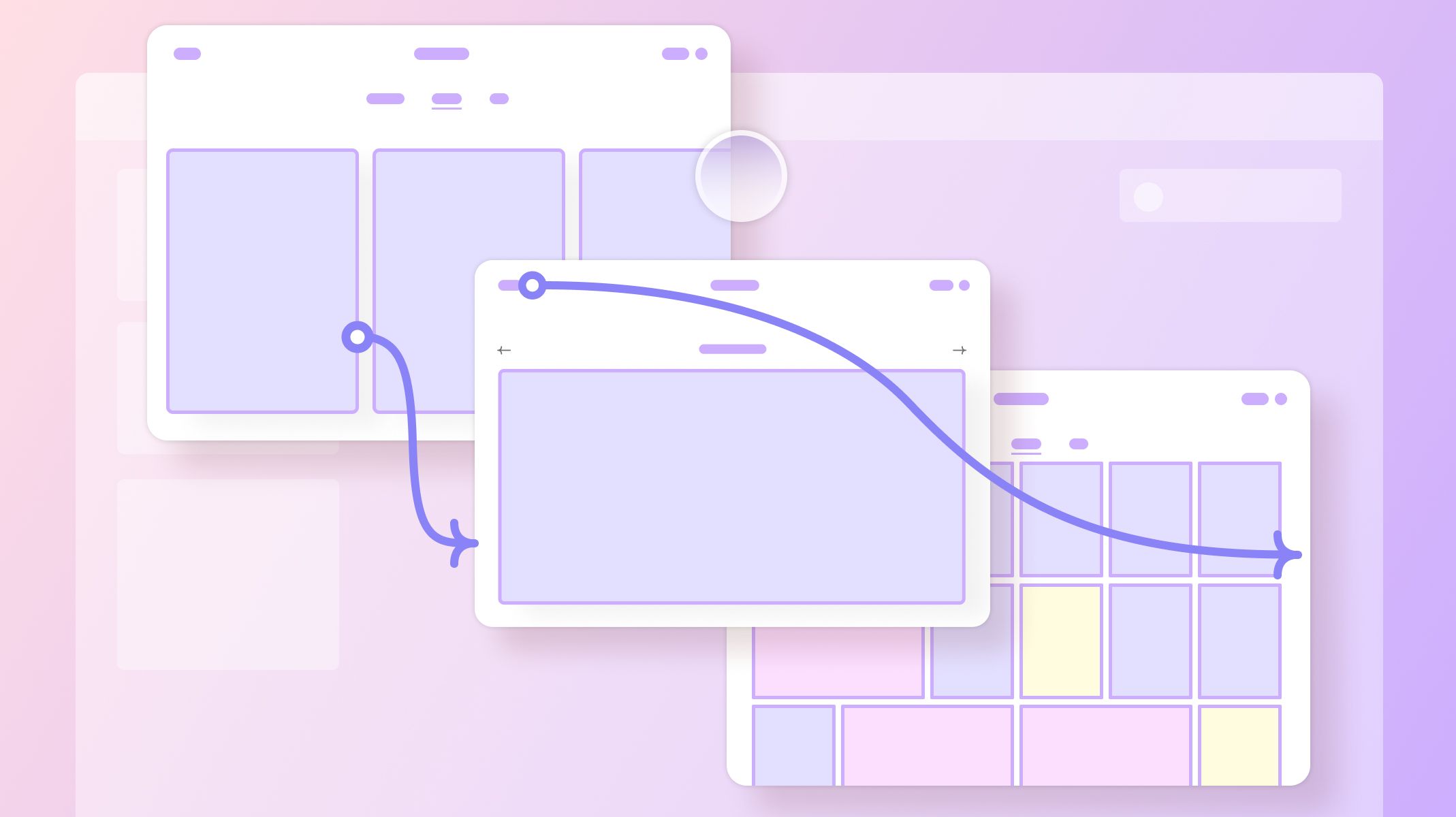6 UX Reasons to Prototype for Wearables
Discover 6 UX reasons why product designers should start prototyping for wearables sooner than later.


While prototyping has fast become an integral part of digital product design, prototyping for wearables has yet to catch on among UX designers.
This can only be to their detriment. Increasingly, consumers own multiple interconnected devices. A smartwatch can be connected to a car. A smartphone can be connected to a computer. Indeed, in the space of a few years, the number of connected devices in the average U.S. household doubled to 25 in 2021, and wearables have played a big part in that.
Wearable technology has come a long way. From wireless earphones to sophisticated smartwatches, the wearable tech space is brimming with consumer goods—produced, designed, and made especially for modern markets and the web-first spaces that compose society now.
The time has come for change. Let’s examine the 6 reasons why UX designers should prototype for wearables.
Understand the problem better

Prototyping is a process of discovery. It’s the means to the end, not the end itself—allowing you to explore ideas in the product design stage and discard any unnecessary elements through trial and error.
If there’s a problem, high-fidelity prototyping illuminates it—because the prototype looks and feels just like the real thing, it enables UX designers to find smart solutions to complex problems before the prototype is sent to engineers. This is crucial—a grumpy, overworked engineer is the last thing anyone needs!
Test realistically on wearables
Testing a smartwatch on a laptop or a computer screen is counter-intuitive—it can only go so far because the experience is limited. As Jeff Hoefs, UX engineer at Google Wear OS, said, prototyping for wearables allows you to “explore concepts on real hardware, on the user’s wrist, in the context of use”.

From navigation between screens, touch interactions, and complex animations, prototyping for wearables allow UX designers to take their prototypes off the computer screen and test their concepts realistically.
This has a few surprising knock-on effects. By simulating the real thing, you can help impress stakeholders, conduct usability testing faster, and ultimately get a better product to market faster.
Understand how the app on a wearable interacts with other devices
We live in an increasingly interconnected digital world. Wearables are fused with phones & tablets. Phones can connect to cars automatically. In short, increasingly more people interact on multiple interconnected devices.
Prototyping for wearables allows UX, product, and interaction designers to understand how an app interacts with others devices. Designers can take advantage of tools like ProtoPie Connect to prototype fully connected ecosystems—multiple screens, devices and data—independently.
Validate early in the process
Prototyping allows UX designers to validate their ideas early in the process. This ramps up the speed of the product design stage, turbocharging the time it takes to conduct usability testing.
This is crucial. You can impress stakeholders with a workable prototype that looks and feels just like the real thing. The prototype can be sent to engineers free from potential problems, ultimately allowing you to get the product to market faster. Ultimately, you can get your perfect finished product to market faster than your competitors.
More iterations make a better product
This shortening of the product design stage allows you to receive feedback faster, constantly improving the product until you create something truly astounding. Crucially, this is all done code-free—thus, saving time and money.
Rome wasn’t built in a day, and great interaction designs don’t happen overnight. The finished product at the end of the product lifecycle looks & feels very different from the initial fledgling prototype, having gone through a series of iterations. UX designers call this the ‘build, measure, learn loop’, which you can run through several times. By doing this thoroughly, you end up polishing your product so that it shines brighter than the rest.
Save money and time

Rapid high-fidelity prototyping presents users with a phantom copy of the real product that looks and feels like the real thing. This speeds up the design stage, enabling design teams to conduct usability testing before the product has even been given to the engineers.
This saves a lot of time and money—shortening the development cycle and cutting the needless back and forth between the design team and engineers. UX designers can receive feedback quickly, and iterate to perfection.
What’s next?
Overall, our advice is for everyone to put a bigger premium on prototyping for wearables & smartwatches. From UX designers and creatives to entrepreneurs and programmers, we can’t stress how crucial prototyping is—it validates your idea, sources feedback from key people in your target market, saves you a ton of money, and helps you understand in detail the problem you’re trying to solve.
New to prototyping for smartwatches & wearables?
ProtoPie is the easiest prototyping tool for all digital products. Turn your interaction design ideas into high-fidelity prototypes for mobile, desktop, web, all the way to wearables & smartwatches. Explore, validate, and test interaction designs by creating very realistic, production-like prototypes without relying on engineers & code.


